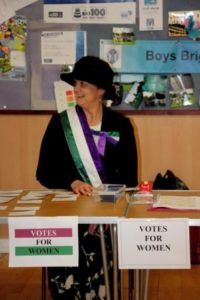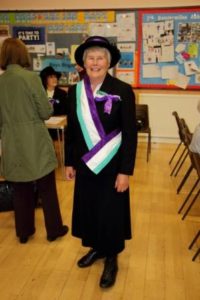19 October 2017
At this meeting George Robertson presented “The Lost Village of Lassodie”, the talk originally scheduled for next April, due to the unexpected unavailablity of our advertised speaker.
We were delighted that George was able to present his excellent and informative talk at such short notice. More information about Lassodie is available in Georges articles “The Lost Village of Lassodie” and “A Childhood in Lassodie“.
As usual, we meet at The Abbey Church Halls, Abbey Park Place, Dunfermline, at 7:30 pm on the third Thursday of the month. We look forward to welcoming visitors and members to the second meeting of the session.



